We all remember the first time we heard about that fizzy, probiotic, sour-flavored drink that could “heal your gut” called kombucha. We probably pronounced it wrong, bought the flavor with the most added fruit tones and downed it suspiciously.
Times have changed since that day; now most of us know that drinking this incredibly healthy (and often delicious) beverage is good for us … but are all kombucha brands the same? As with any food, the answer is no.
We sat down with the founder, owner, and all around-dynamo of Health-Ade Kombucha who is Daina Trout, to talk about the journey that made her an entrepreneur and business woman. Her wisdom, humor and honesty refreshed us almost as much as the drinks (which we stock in our office religiously) themselves.
Teresa Miller Archer: I know that you are aware of Darling Media and what we do, but I do want to say that your standard of excellence inspires us as a brand. We also care deeply about every little detail of our products — from the paper in print to the aesthetic of our blog — and feel like you’ve done something similar with your kombucha company.
Daina Trout: I feel like there is so much we do differently in our little kombucha world. I’ve just been really nice about it in the past and highlighted what we do differently. I’m not trying to be aggressive or defensive, but [now] I’m feeling a little bit more confident in saying, “Hey, everybody else does this in plastic buckets. We’re doing it in glass.” It’s not easy.
It’s not easy. I think it’s pretty cool that we’re doing that together.
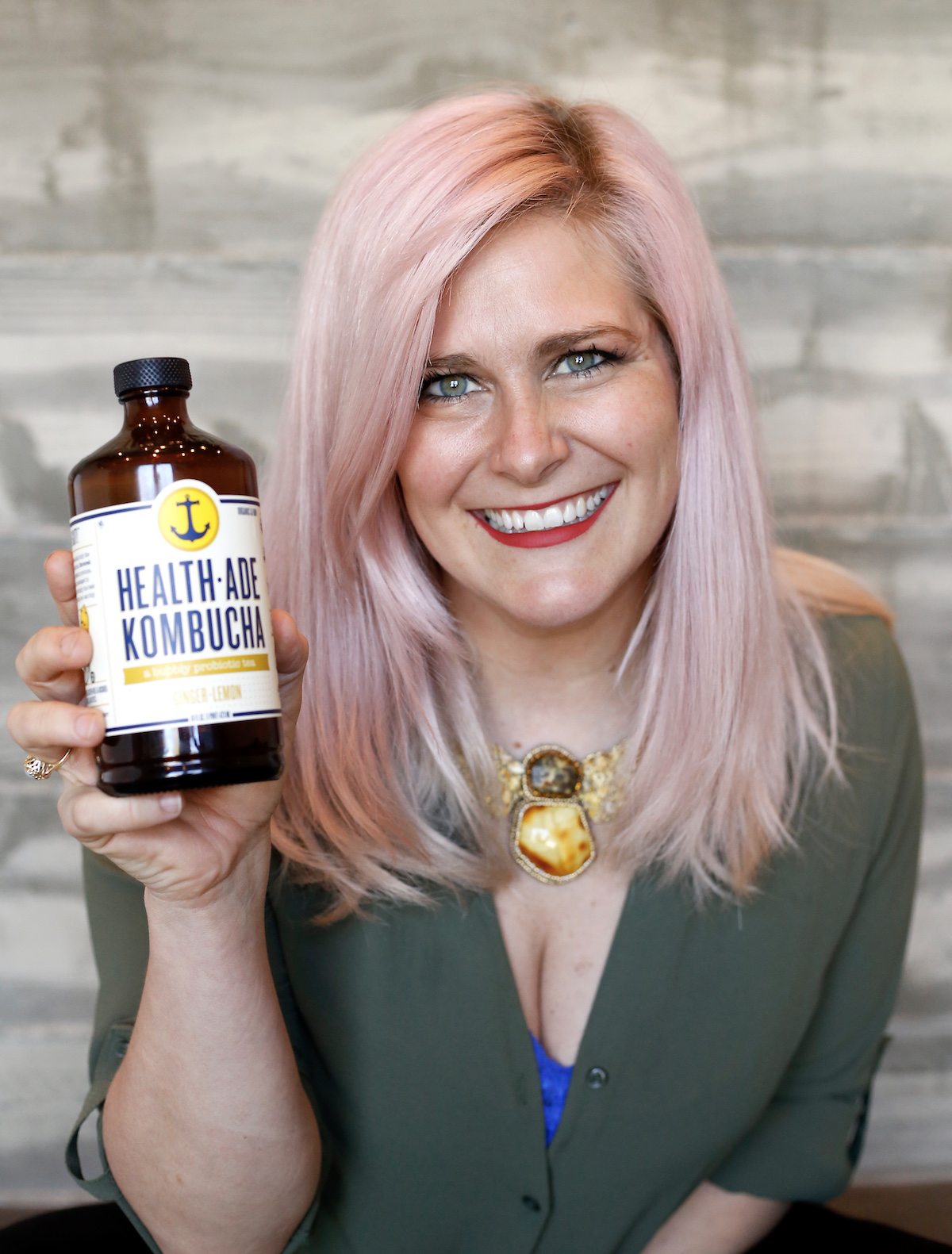
TMA: How did you end up starting a kombucha line?
Daina: We started this with $600 in our closet. Justin, Vanessa and me — Justin is my husband, Vanessa is my best friend — we were all feeling respectively the same thing in our corporate jobs. We were climbing the ladder, but it just felt like something was missing, so we started an entrepreneur club.
Justin was losing his hair and we started researching what could regrow it. In parts of the world they use a SCOBY, a mixture for making kombucha. I learned how to make kombucha back in grad school for nutrition. I was like, “I know how to make SCOBYs. Vanessa is super good with sales. Justin will be our guinea pig.”
We started counting Justin’s hairs in the sink every day. Meanwhile, I had a ton of kombucha, maybe 60 cases. I would give it away to my friends and they would keep coming back for more. After a while we thought, “Let’s just sell the kombucha.” Two weeks from then, March 25, 2012, we went to Wentworths Farmers Market and it sold out in an hour.
Our apartment was a full-on brewery. [We had] our business meetings in Justin’s Honda Civic because we were evicted; that’s where we slept too. Fast-forward to today, we are national brand. I’m interested in bringing real food to the marketplace and to the people.
I’m interested in bringing real food to the marketplace and to the people.
TMA: I think that the general consumer cares about where their product comes from now. So in a nutshell, what’s different about your kombucha?
Daina: We make it in two and a half gallon glass jars; we have about 150,000 of them.
I stuck to glass because it is really important, not for an “eco” reason, but for a health reason. Kombucha is an acidic beverage that ferments for 21 days in a vessel, eating its surroundings. Almost all the kombucha on the shelf is fermenting in plastic buckets. Nobody sees that process. We flavor with the highest quality ingredients. We cold-press juice in-house. We don’t add or sprinkle in any fake probiotics. There’s nothing engineered about it.
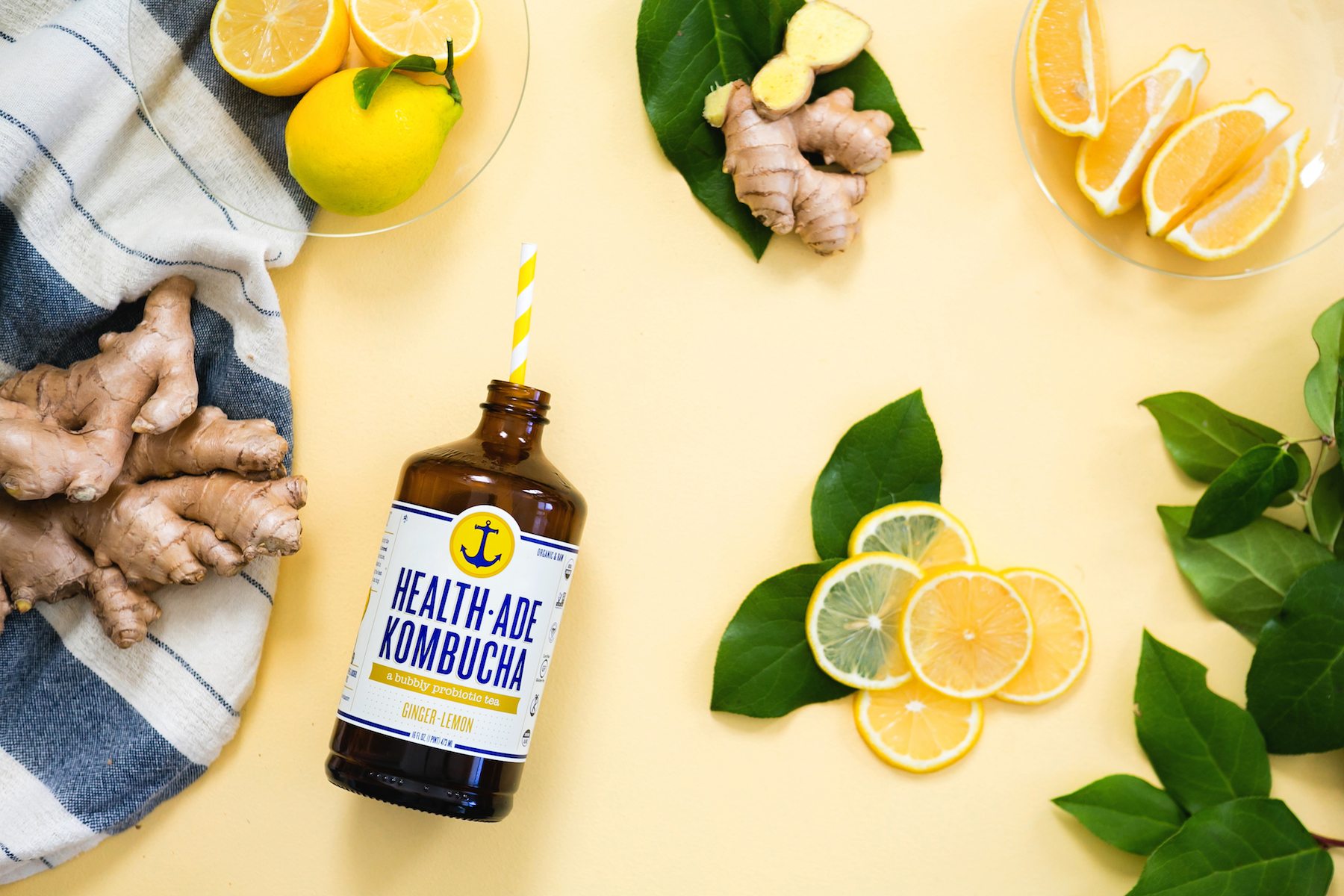
TMA: What has been the biggest challenge in the process for you?
Daina: On the shelf, you see an average of 287 bottles, all fighting for your attention. You’re going to spend about 20 seconds picking your beverage. That’s what we have. How do I tell you that in 20 seconds? My philosophy on nutrition is that “healthy” actually has a lot more to do with “happy” than it does with science or numbers. I’m busier than I’ve ever been, but I feel like I should be able to go to the store and buy things off the shelf that are real.
TMA: Tell me about your packaging — where the color and symbol come from?
Daina: An amber bottle preserves probiotics and protects it from UV light. We tried to look like an Apothecary bottle on purpose. We picked an anchor because we wanted to pick an icon that represented what kombucha was to us; we wanted something that was grounded, strong, around for a long time. We wanted the icon to be appealing to both men and women; all types of women, not just yogis.
We printed our first label from a home printer and Scotch-tapped it to the bottle. Every time I walk through my brewery, I get goosebumps. I will never forget what it took to get here.
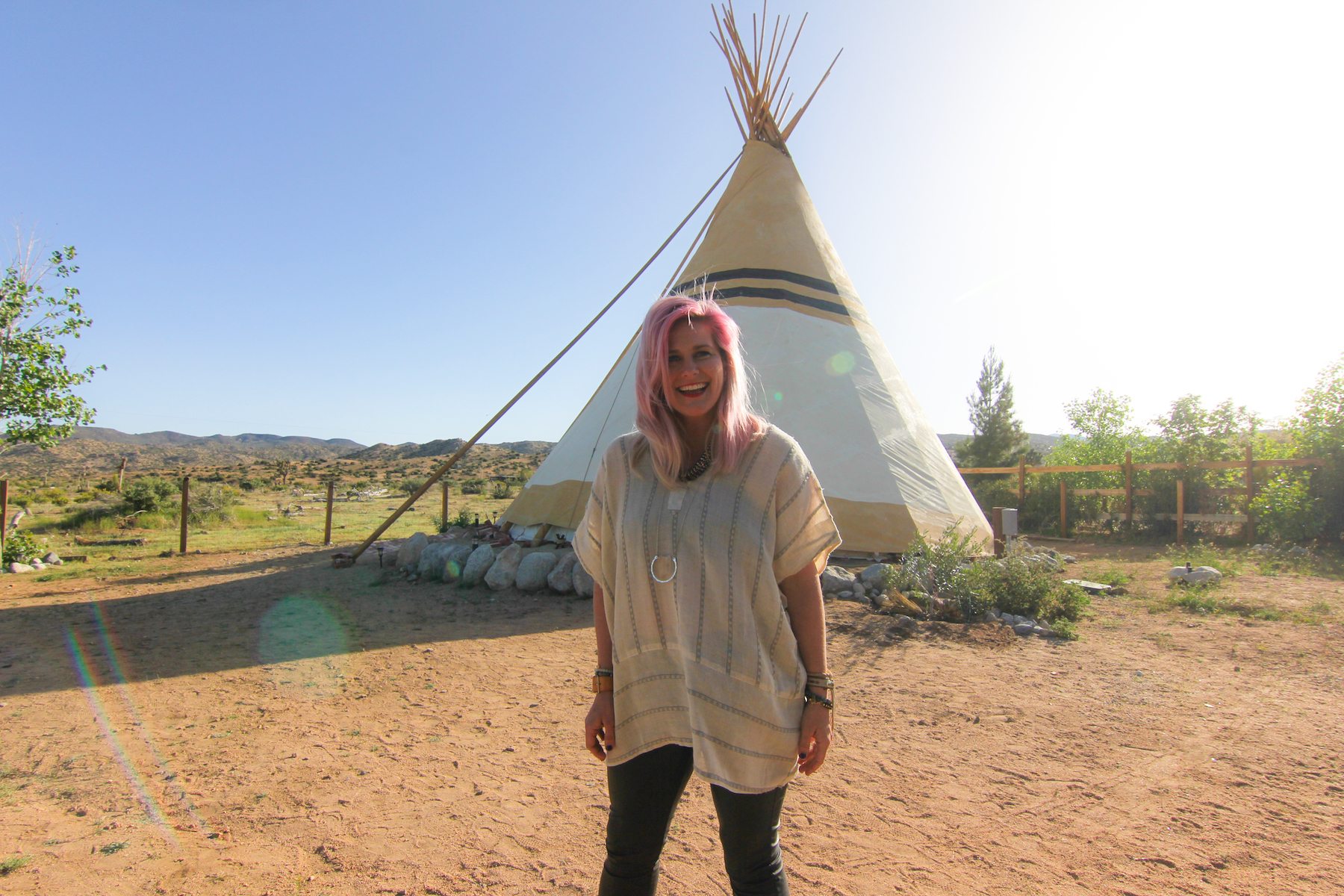
TMA: What’s a necessary trait you think an entrepreneur must have in order to succeed?
Daina: For anyone who is trying to make a profit, there is an element of grit required.
Our tagline is “follow your gut” and our whole premise behind it is “you have a good head on your shoulders.” We are assuming we don’t have to tell you what the count of probiotics is like kombucha. I don’t have to tell you the scientific evidence because I can get any scientific study to tell me exactly what I wanted if I paid enough money. Let’s just step away from all this information that is being fed to you and just check in and be like “Does it make you feel good?”
What’s your favorite flavor of kombucha?
Images via Monica Wang

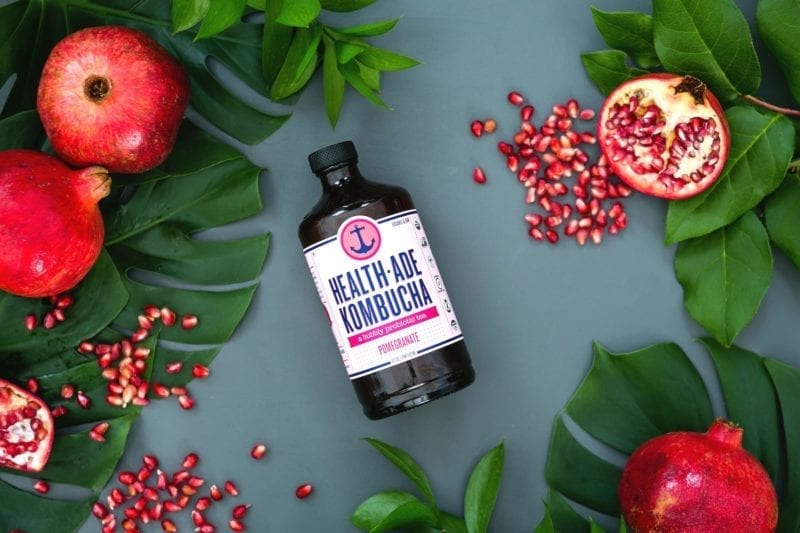
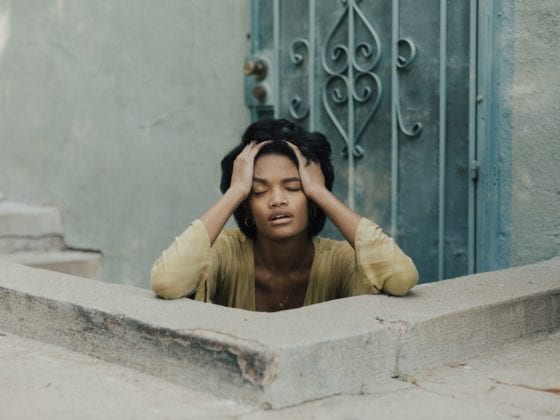
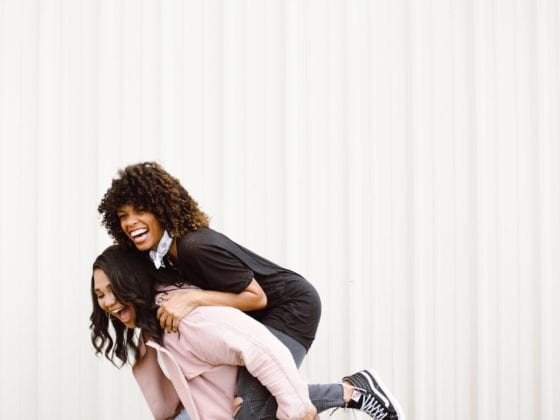

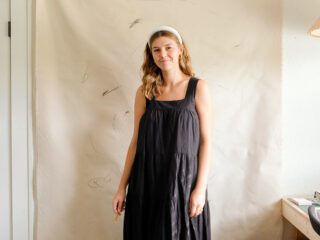
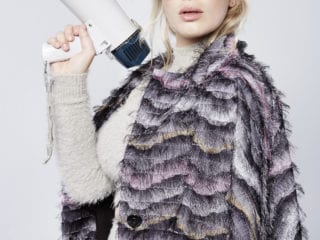
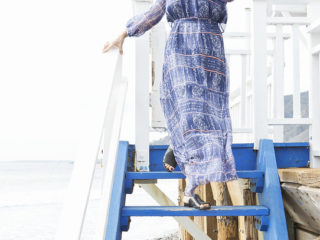


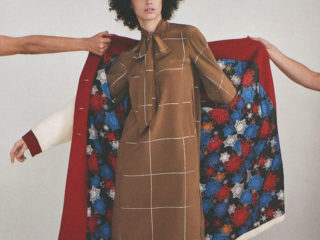
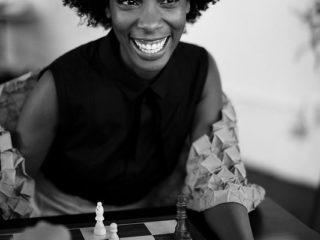
3 comments
“Follow your gut”…. I needed to hear that this morning! Thank you! I’m switching to their brand. 🙂
I love that you mentioned it takes grit to start a business. I’m in the super early stages of business and need constant reminders to face obstacles with grit 🙂
I really like the meaning behind her packaging. The anchor is really nice! And her pink hair, gorgeous!
–
Charmaine Ng | Architecture & Lifestyle Blog
https://charmainenyw.com